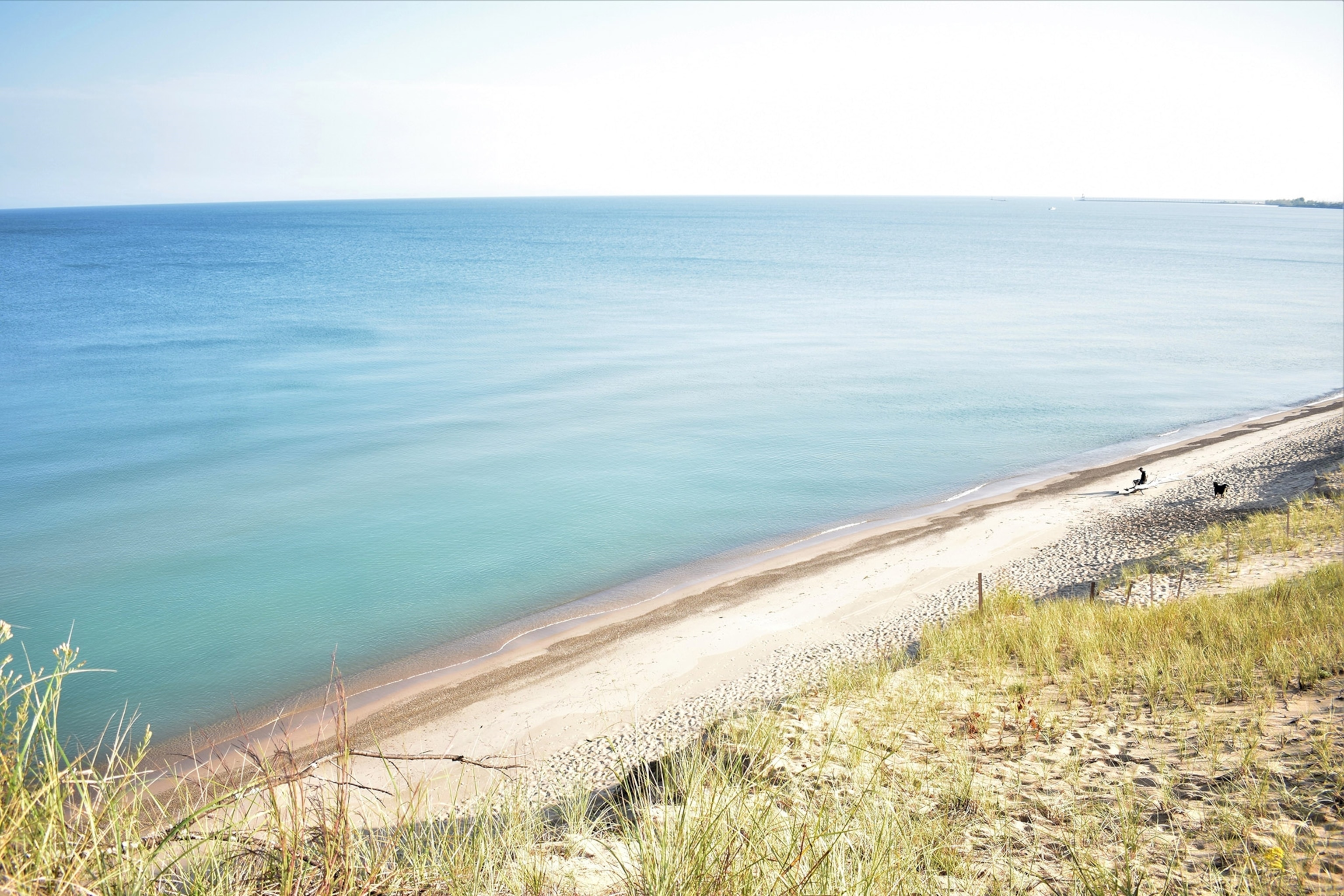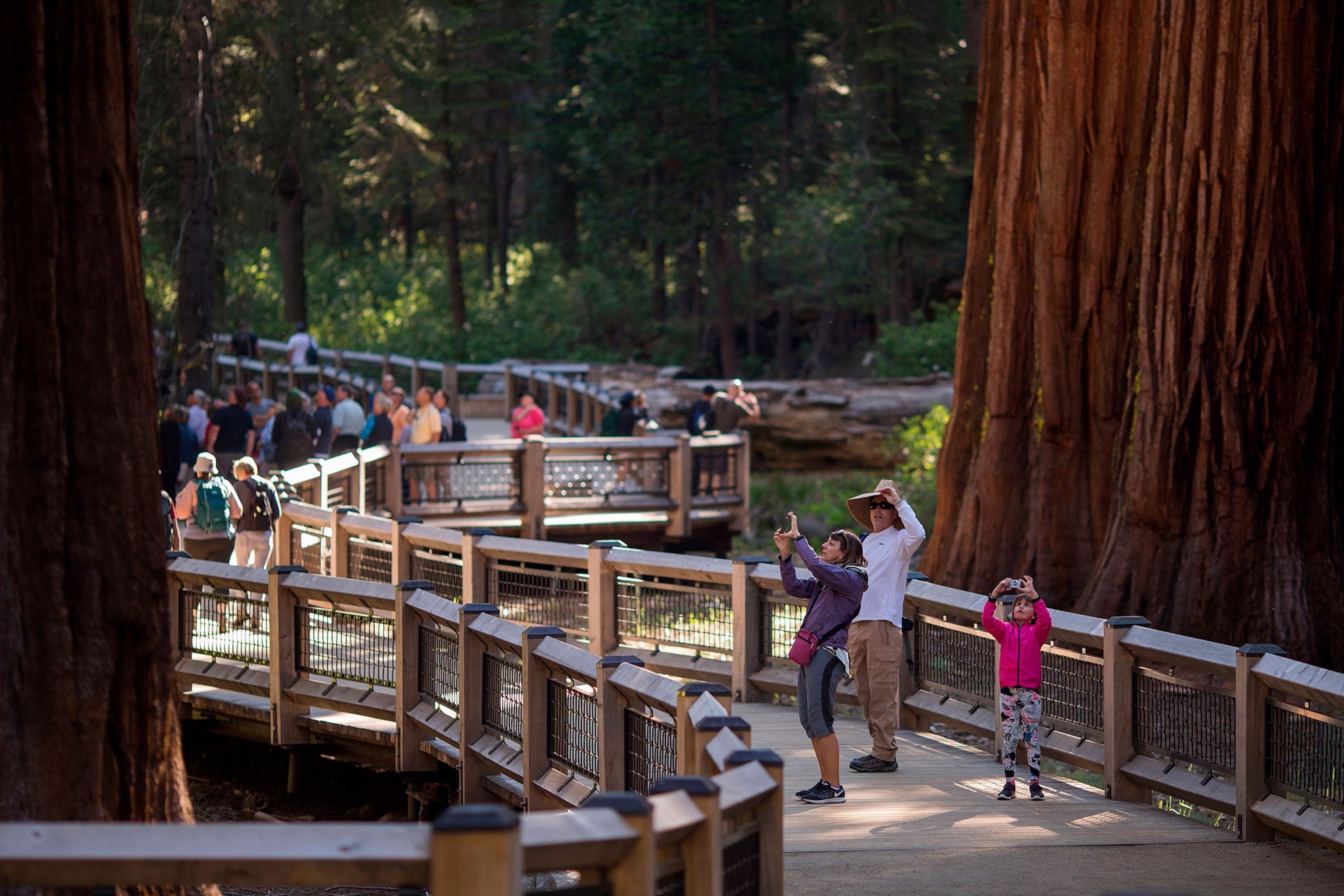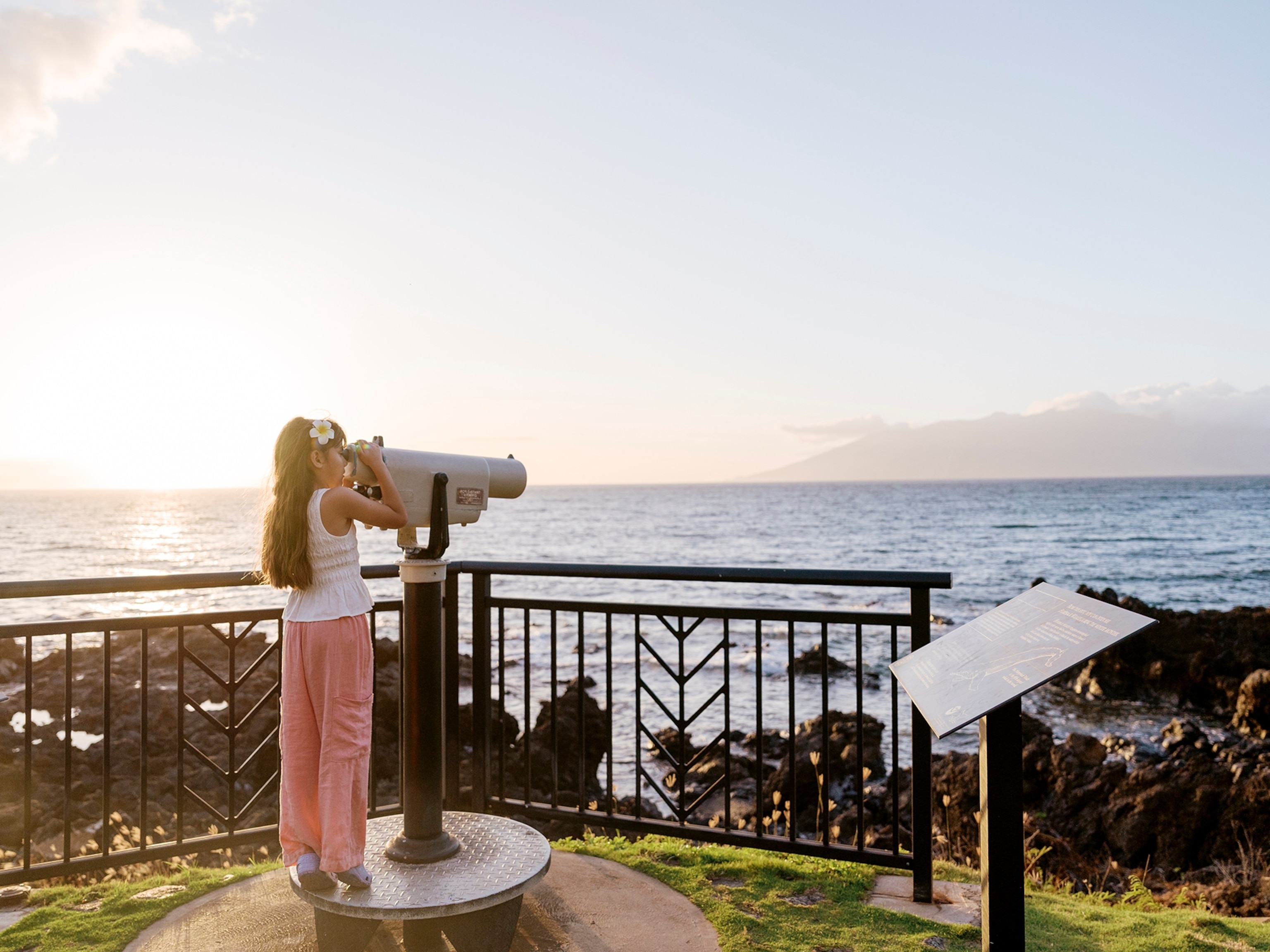
Overtourism is stressing our national parks. Here’s how visitors can help.
Indiana Dunes’ recent surge in guests is part of a growing issue—but solutions are in sight.
Last February, Indiana Dunes—a 25-mile stretch of Lake Michigan shoreline less than an hour’s drive from Chicago—finally achieved a decades-long goal with its designation as a national park.
Now, at the end of its first summer as a destination of national and international repute, it finds itself facing major changes—and some challenges.
“What we’re seeing change is true ‘national park folk’ coming here on their bucket list,” says Lorelei Weimer, executive director of Indiana Dunes Tourism, which markets the park in partnership with the National Park Service (NPS) and runs an on-site visitor center. “We started to realize quickly that the new visitors coming want to experience the park in a different way, to have a robust experience.”
Prior to the change, the country’s 61st national park saw an annual average of 1.8 million visitors from the United States and abroad. But since attaining national park status, the park’s numbers have rocketed, with overall visitorship expected to rise by 60 percent this year. And it’s far from alone.

Overtourism: a growing concern
While there are lessons to be learned from overtourism management at major tourist hot spots in Europe, the growing crowds at U.S. parks pose unique challenges. NPS records show that annual recreation visits have grown 16 percent in the past ten years—a steady climb felt most strongly in big-name parks, but also in parks closer to urban centers and those recently named national parks.
St. Louis’s Gateway Arch National Park and Indiana Dunes National Park—both designated in the past two years, both easily accessible from major cities—experienced similar surges in visitorship.
For Indiana Dunes, parking is the biggest challenge. A little over a thousand spaces are available—but with 42,000 visitors in July alone, demand is exceeding capacity. Restroom facilities face a similar problem. And staff were forced to pull in seasonal NPS workers from elsewhere to assist visitors.
At Gateway Arch—which received national park status around the same time as it finished a $380 million revitalization scheme that included a renovated museum and visitor center, an amphitheater, and a grass-covered interstate overpass connecting the park with downtown St. Louis—visitation ballooned 60 percent from 2016 to 2019. Local business owners in a neighboring historic district say the park’s new facilities and designation have resulted in tourists contributing to half of all sales activity in the area.
While crowds might make for happy local business owners, they also result in less comfortable experiences for parkgoers. What’s more, finding ways to offer a great experience without alienating visitors is far from straightforward.
In search of solutions
The NPS itself has ramped up efforts to deal with overtourism by collecting information from across the parks system, says Jeff Hallo of Clemson University’s Department of Parks, Recreation, and Tourism Management.
“We are reaching a point where the management of people cannot be taken casually in parks,” he says. “This will mean that systems and policies to manage use, like access permits and regulations for visitor behaviors, will likely become more common.”
Several popular parks in the U.S. have unveiled or are considering vehicle and other reservation systems as a way to control attendance. Due to safety concerns, in 2011 California’s Yosemite National Park rolled out a permit system limiting the number of climbers allowed to scale Half Dome Mountain.
When space is in short supply at Ohio’s Cuyahoga Valley National Park, staff head to the parking lots to communicate with visitors and monitor spacing; the park’s new visitor center, opening this month, will also add around 100 spots. Colorado’s Great Sand Dunes National Park, where visitorship rose 48 percent from 2015 to 2018, has modified its entrance station and parking setup and is looking at further infrastructural changes to deal with traffic congestion. And at Indiana Dunes, park officials are also considering an on-demand shuttle service to bring visitors to the park from a less-congested off-site parking lot.
Tourists: part of the solution
Combatting overtourism lies in tourists’ hands as much as in parks’, and there’s plenty park visitors can do to help—often with rewards. Indiana Dunes staff hands out reusable water bottles to anyone who takes a bag to collect trash on the trails, and Gateway Arch rewards off-peak visitors with variable pricing for its Tram to the Top tour, which runs to the highest point of the Arch.
When planning to visit a national park, read up on the NPS’s work documenting congestion-related issues across the parks system. Check the park’s webpage for information on the best times to visit—Cuyahoga Valley, for example, offers an “Avoid the Crowd” resource explaining how to get the best out of your trip, and Indiana Dunes recommends hitting the beach on weekdays, when parking is less packed.
And while local and state parks don’t draw the same crush of visitors, they regularly offer programs and events scheduled for weekdays, often specifically for kids and families. So while it might be tempting to take home that iconic national park photo, you might consider spending your time at a lesser known park that deserves just as much love.














